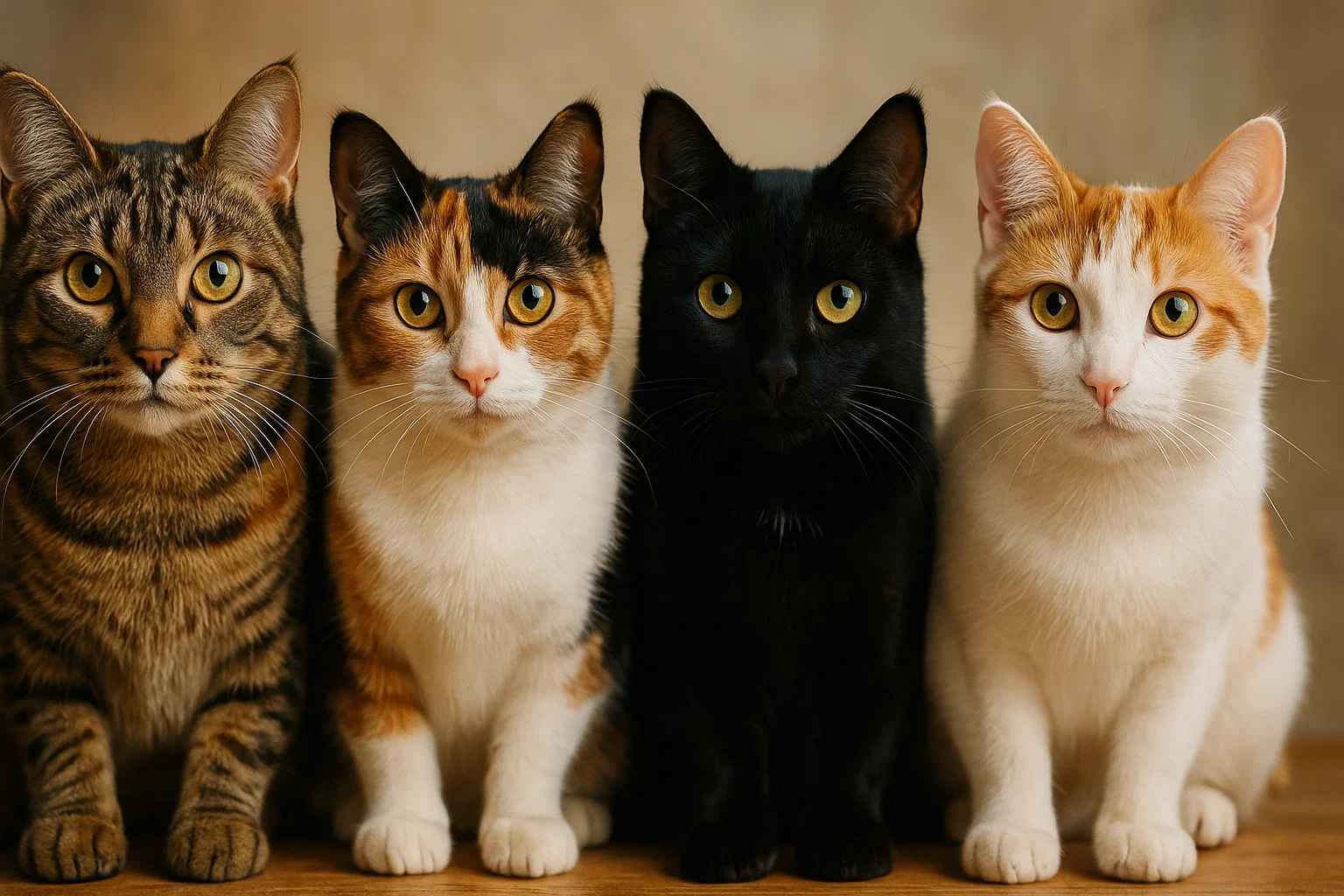Domestic cats wear astonishing coats shaped by genetics and selective breeding. From subtle ticking to dramatic colorpoints, recognizing patterns helps with identification, grooming expectations, and honest breed discussions. Below are sixteen of the most common and eye‑catching patterns seen in household cats—what they look like, where they appear, and how they differ.
1. Solid (Self)
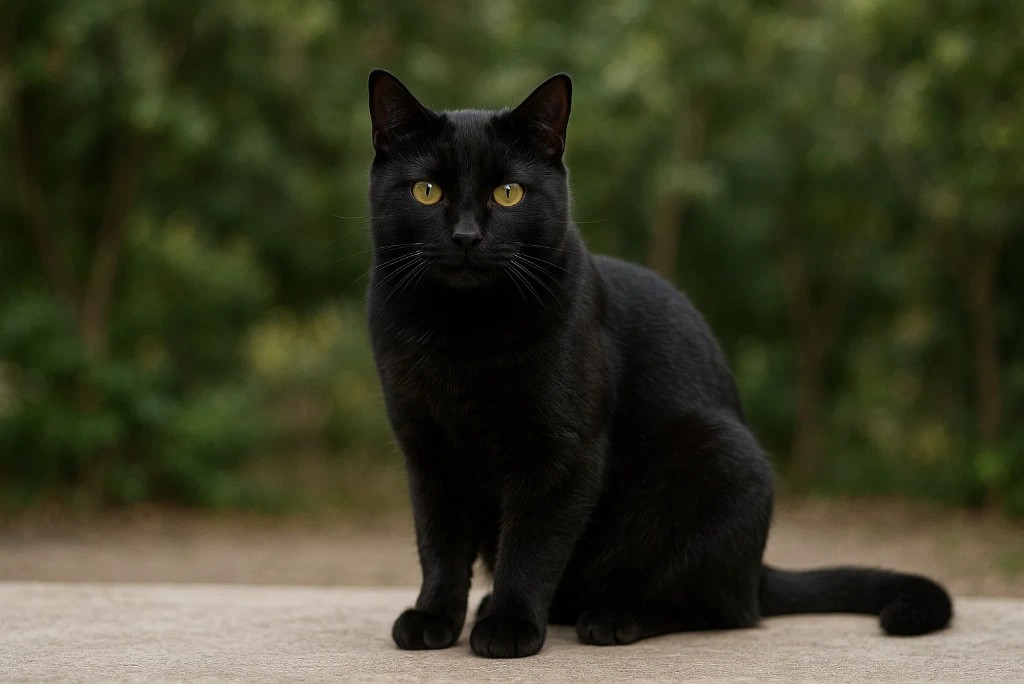
Solid cats appear uniformly one color from nose to tail, with no deliberate pattern. Common solids include black, white, blue (diluted black), chocolate, lilac, cinnamon, and fawn. Because the agouti (tabby) gene can be partially suppressed, kittens may show faint “ghost” striping that fades with maturity. In true solids, individual hairs are largely the same color along the shaft, unlike smoke or shaded cats. Remember, color alone does not indicate breed—many mixed‑breed cats are solid. Pattern clarity varies. Learn more about coat genetics at Cat coat genetics.
2. Mackerel Tabby
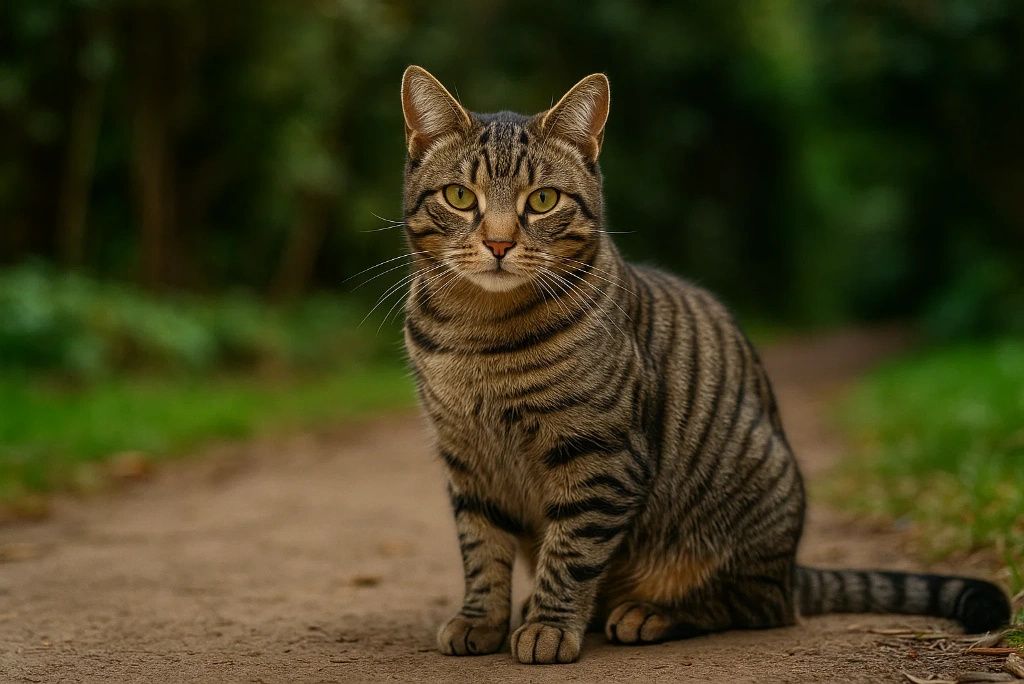
The mackerel tabby shows narrow, parallel stripes running down the sides, with an “M” on the forehead and necklace rings around the chest. Think “fishbones”: thin ribs branching from a spine. This is one of the most common tabby layouts worldwide, seen in mixed‑breed cats and pedigreed breeds like the American Shorthair and Maine Coon. Compared with classic tabbies, mackerels look sleeker and more vertically striped. Stripes can break into short bars on the flanks. Background hairs are agouti‑banded in natural light. See details at Tabby cat.
3. Classic (Blotched) Tabby
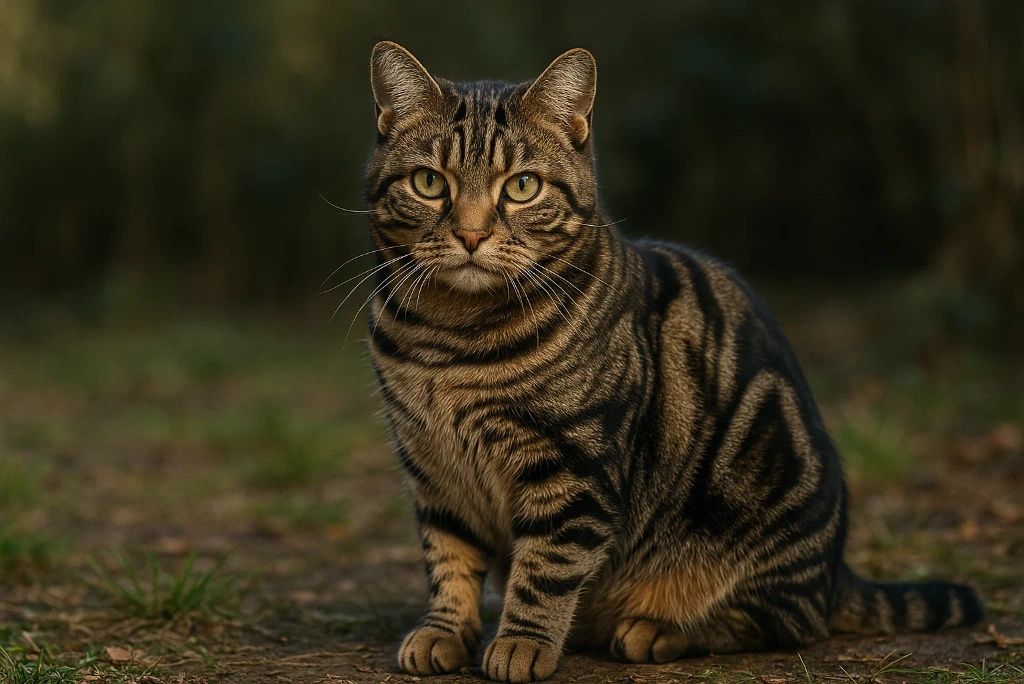
Classic tabbies carry bold, swirling bands that create a “bullseye” or “oyster” on each flank, with thick bars and an “M” on the forehead. The pattern reads like marbling rather than straight stripes, giving a dramatic, high‑contrast look.
It’s common in mixed‑breed cats and breeds such as the British Shorthair and American Shorthair. Compared with mackerel tabbies, the striping is broader and more circular. Clear, unbroken whorls are prized in show cats. Learn about tabby genetics at Tabby cat and Cat coat genetics under good lighting.
4. Spotted Tabby
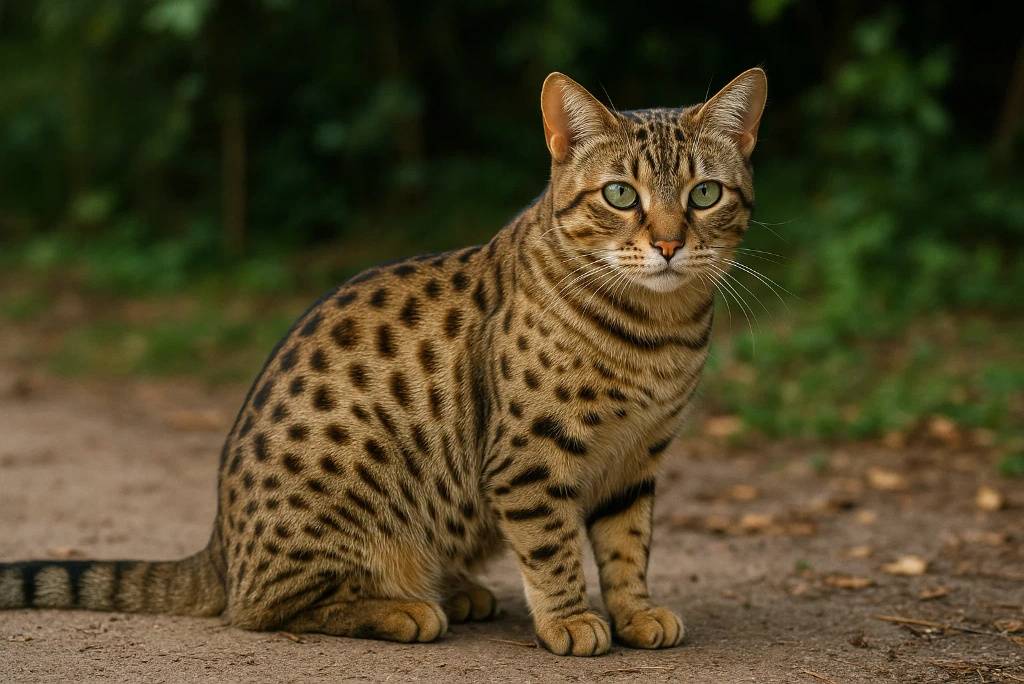
Spotted tabbies feature distinct round, oval, or rosette‑like spots scattered across the sides instead of stripes. The pattern often arises from a mackerel layout where vertical bars are “broken” into spots. Spots can be small and even, or large and dramatic, as seen in the Egyptian Mau and Ocicat.
Tails are usually ringed, and the tabby “M” remains on the forehead. Background hairs are agouti‑banded, giving depth. More on spotting and tabbies at Tabby cat. Look for consistent shape, clear edges, and symmetrical distribution across both sides.
5. Ticked Tabby

Ticked tabbies look almost patternless from a distance because each hair is banded with alternating light and dark pigment (agouti), creating a sandy, salt‑and‑pepper effect. Close up, legs and tail may still show faint bars, and the forehead keeps the classic tabby “M.”
This pattern is famously seen in Abyssinian and Singapura cats, but also appears in many domestic shorthairs. It differs from solids because hairs have multiple bands. Lighting reveals the subtle ticking. Explore the genetics behind agouti banding at Cat coat genetics and Tabby cat.
6. Bicolor
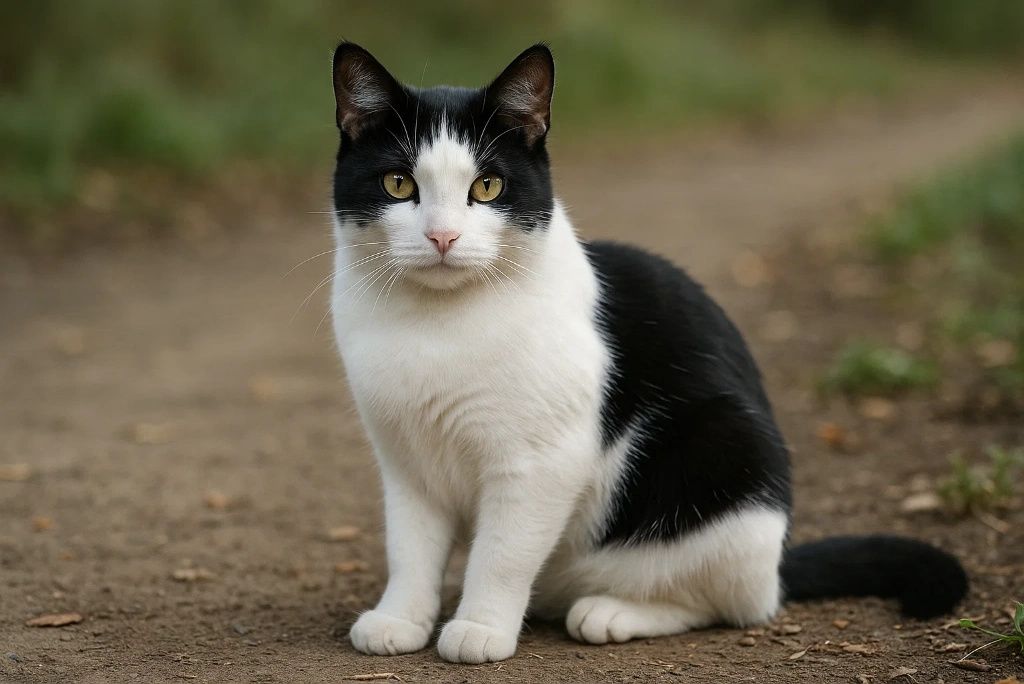
Bicolor cats show patches of white combined with another color or pattern, ranging from small chest medallions to large, body‑wide white areas. The distribution is influenced by the white‑spotting gene, which produces sharp boundaries between colored and unpigmented areas. Patterns can be symmetrical—blazes, boots, and belly streaks—or delightfully random.
Bicolor occurs across breeds and mixed‑breed cats alike. It differs from harlequin and van patterns primarily by the proportion of white. See classifications and examples at Bicolor cat and background science at Cat coat genetics across the coat surface.
7. Tuxedo (Bicolor)
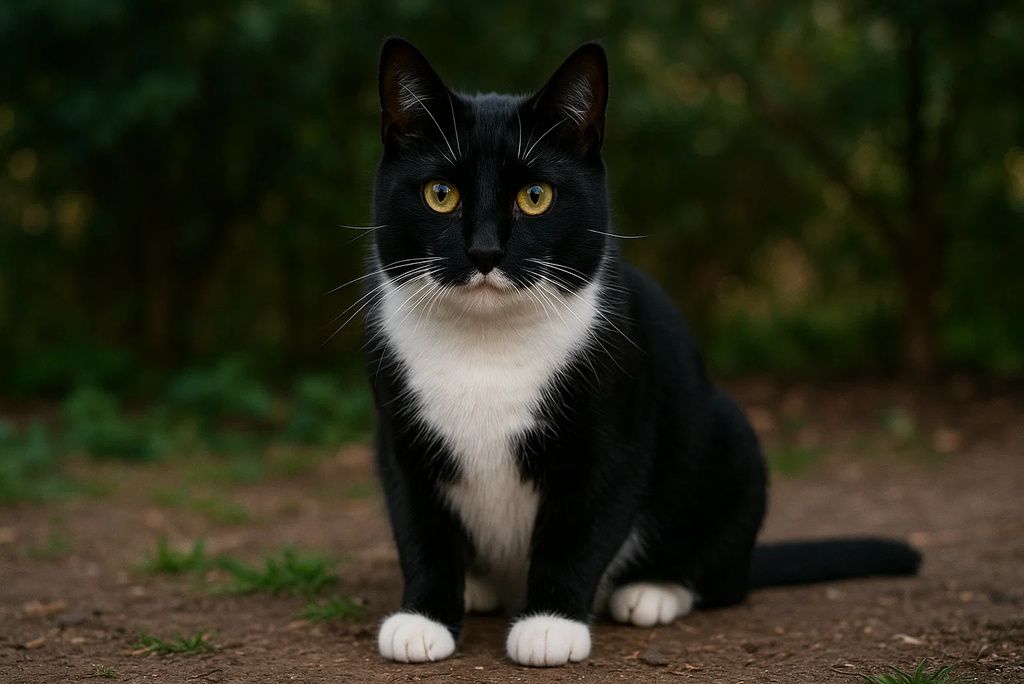
Tuxedo cats are a bicolor variation with a mostly black coat accented by white on the chest, belly, paws, and sometimes the face—evoking a formal jacket. Patterns vary from crisp bibs and gloves to full belly streaks and facial blazes. The look appears in many domestic shorthairs and longhairs and in pedigreed breeds, commonly seen worldwide.
Compared with general bicolors, tuxedos emphasize high‑contrast black‑and‑white placement. It’s a color pattern, not a breed or personality type. Learn more at Bicolor cat, which includes tuxedo examples and classification notes.
8. Harlequin
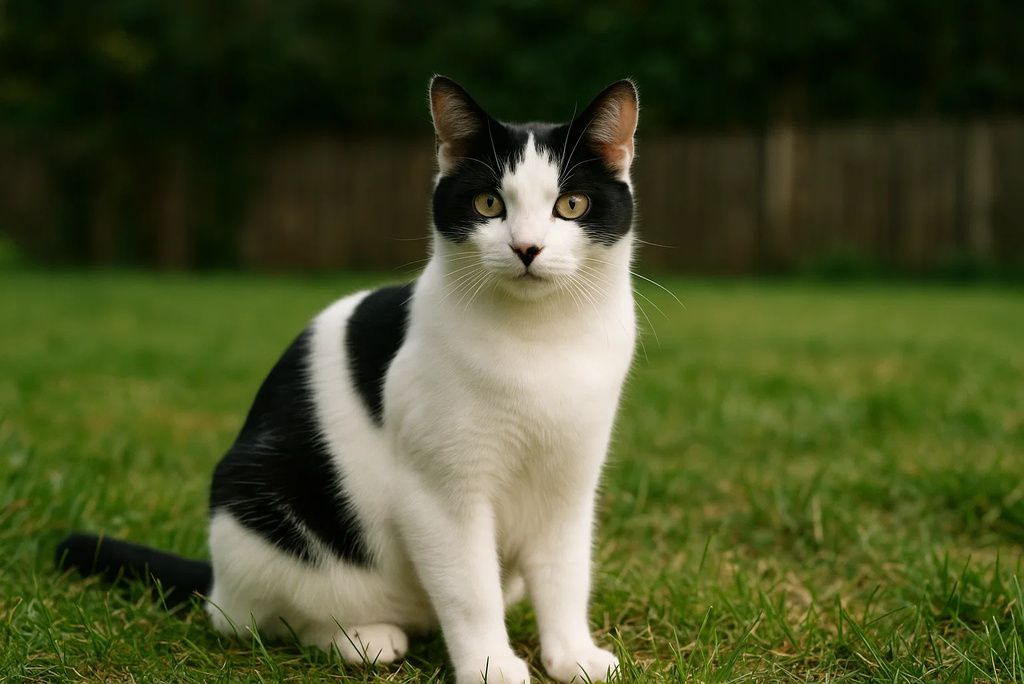
Harlequin cats are mostly white with several large patches of color distributed over the body—more white than typical bicolors but less than van patterning. Patches are usually well defined and separated, giving a piebald, playful look. This distribution can occur in many breeds, including domestic longhair and shorthair populations.
Compared with tuxedo cats, harlequins show fewer continuous black areas and more isolated colored islands. They’re judged by patch placement and contrast in shows, and symmetry. See definitions and comparisons at Bicolor cat, which outlines harlequin versus van proportions.
9. Van Pattern
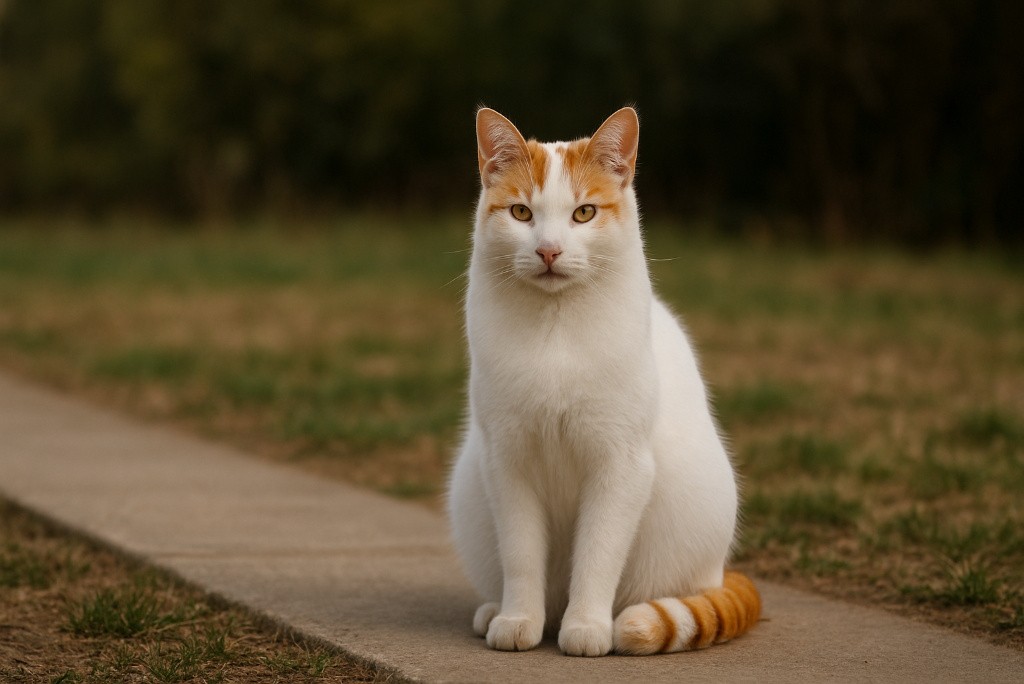
The van pattern features a nearly all‑white body with coloration restricted mainly to the tail and small patches on the head—minimal color elsewhere. It represents an extreme expression of white spotting and is associated by name with the Turkish Van, although many non‑pedigreed cats show the pattern. Compared with harlequin cats, vans display far more white space and fewer body patches. Tail color is usually solid and conspicuous. Shows prize clean edges and balanced head patches. Read more at Bicolor cat and Turkish Van for historical context.
10. Tortoiseshell
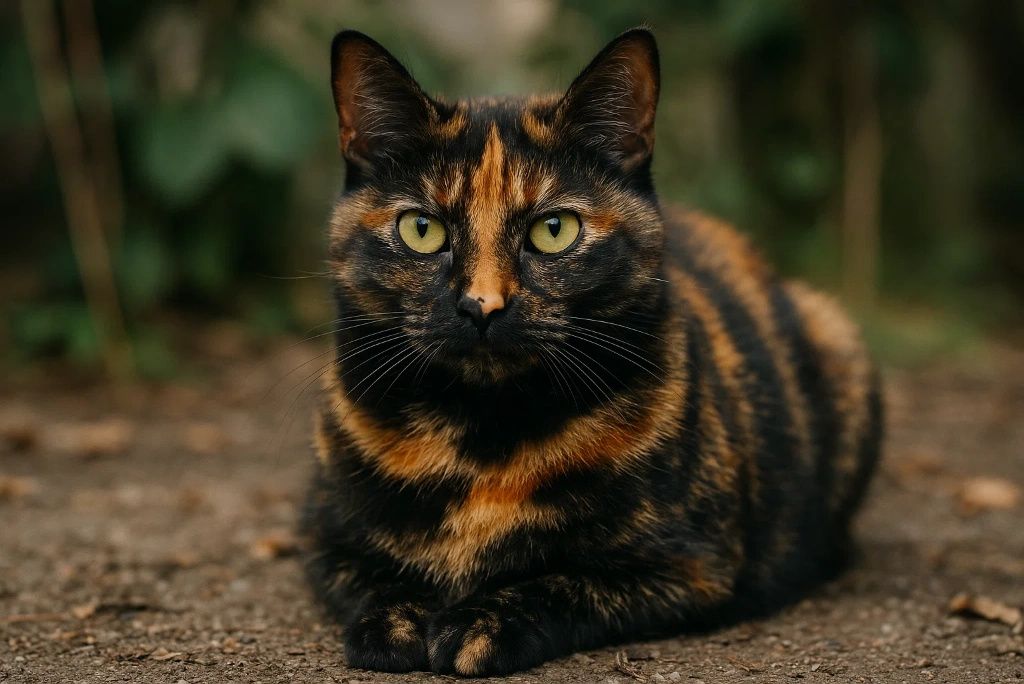
Tortoiseshell cats show a mosaic of black‑based and orange‑based fur with little or no white, ranging from fine intermingling to bold patches. The pattern results from X‑linked orange and non‑orange alleles expressed in different skin cells. Because the genetics are sex‑linked, tortoiseshells are overwhelmingly female; male torties are rare and often sterile due to XXY karyotypes.
Compared with calico, tortoiseshells have far less white and more blended speckling. Shades vary from rich red to soft cream dilutions, too. Learn about the genetics, frequency, and nomenclature of Tortoiseshell cat.
11. Calico
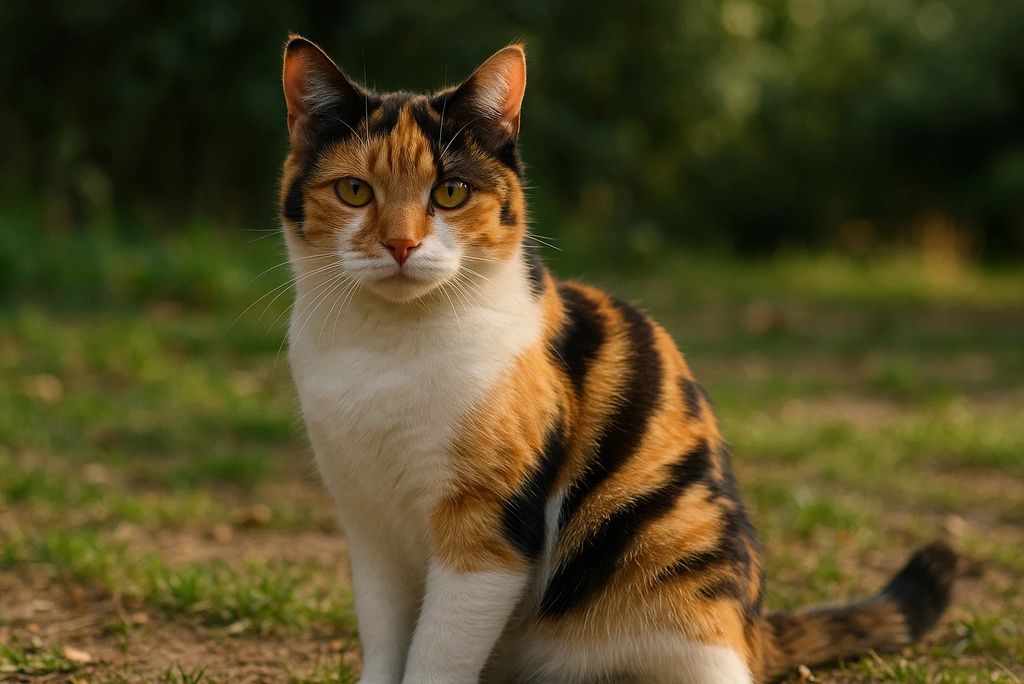
Calicos combine distinct patches of white, black (or blue), and orange (or cream), typically with more white than tortoiseshells. The pattern arises from white spotting layered over the same X‑linked orange genetics that create tortoiseshells. Like torties, calicos are predominantly female; male calicos are rare and often infertile due to XXY karyotypes.
Dilute calicos replace black/orange with blue/cream. Compared with harlequins, calicos require two non‑white colors. Pattern edges tend to be crisp and distinct. Read about genetics, terminology, and prevalence at Calico cat, a concise overview for reference.
12. Torbie (Tortoiseshell‑Tabby)
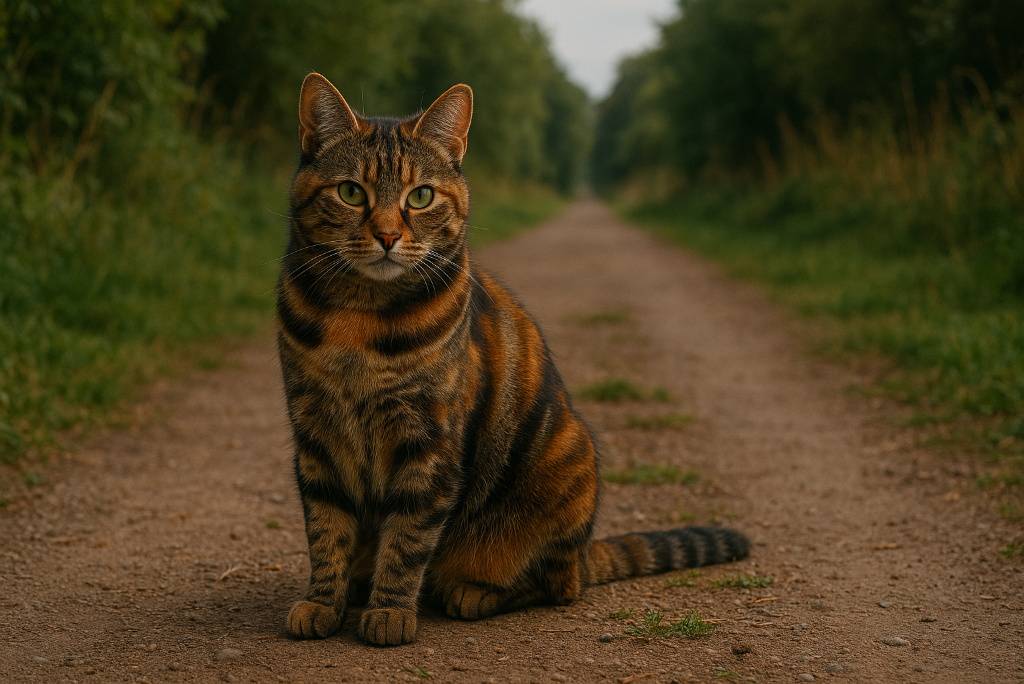
A torbie combines the mottled black/orange mix of a tortoiseshell with visible tabby patterning—stripes, spots, or ticking—across the colored areas. Think “tortie plus tabby.” The result is a richer contrast than a plain tortie and more color complexity than a standard tabby. Torbie markings can be mackerel, classic, spotted, or ticked; white may also be present. It’s common in mixed‑breed cats and appears in many pedigreed lines. Look for tabby rings on tails, often. See definitions and genetic background at Tortoiseshell cat and the overview at Tabby cat.
13. Colorpoint (Pointed)
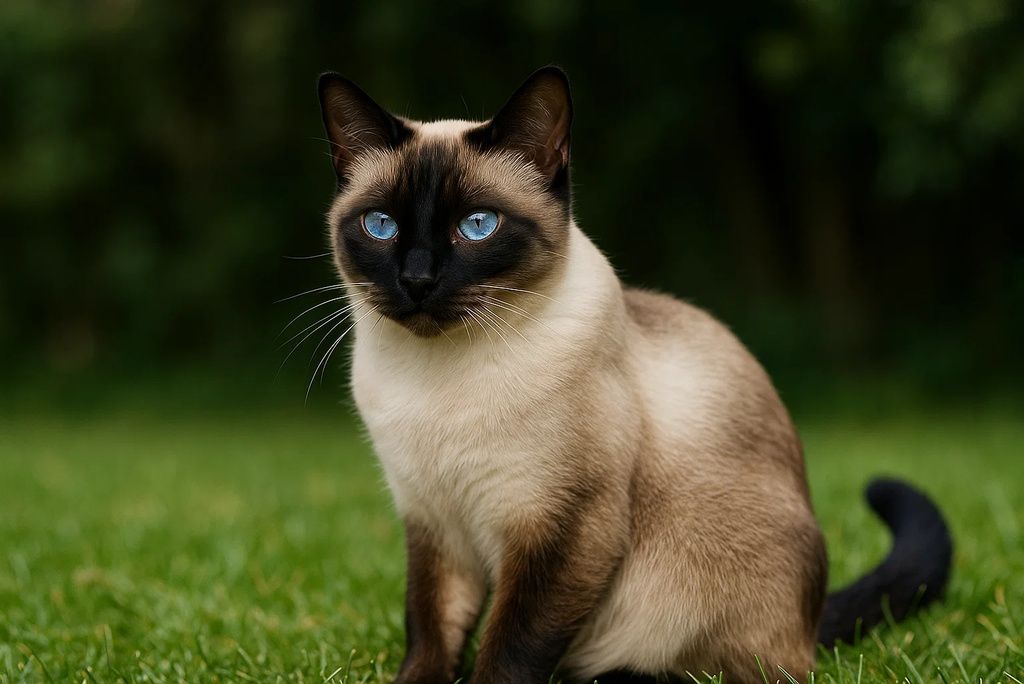
Pointed cats have a darker color on the coolest parts of the body—face, ears, legs, tail—while the torso stays paler. The pattern comes from temperature‑sensitive tyrosinase; pigment forms in cooler areas. Kittens are often born very light and develop points as they grow. Common point colors include seal, blue, chocolate, and lilac. Body color can darken with age or cooler living environments over time. The look defines breeds like the Siamese and appears in Ragdolls and many mixed‑breed cats. Learn about the mechanism and examples at Point coloration.
14. Lynx Point (Tabby Point)
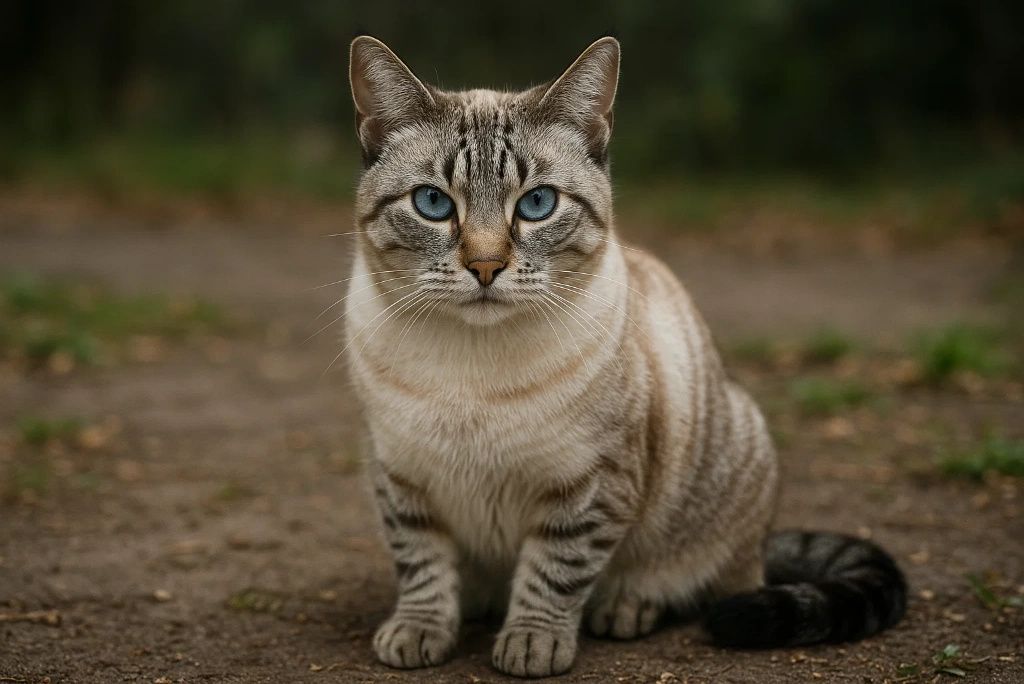
Lynx points combine colorpoint patterning with tabby striping on the darker areas, producing bars on the mask, legs, and tail rings. The torso remains paler, while the points show clear tabby contrast. This look occurs in many domestic cats and in breeds such as the Colorpoint Shorthair and Ragdoll. Compared with standard points, lynx points appear more patterned and lively, especially around the face. See how tabby overlays interact with temperature‑sensitive pigment at Point coloration and the overview at Tabby cat under good natural light.
15. Smoke
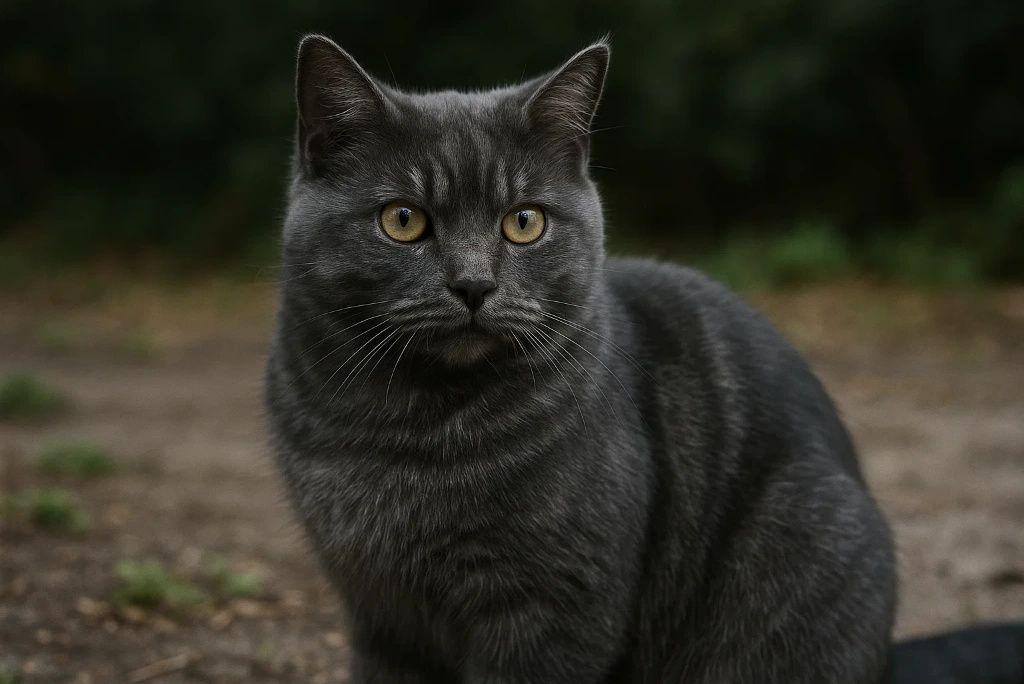
Smoke cats look solid at rest but reveal a striking pale undercoat when the fur parts or moves. Each hair is dark at the tip and light at the base due to the silver inhibitor gene, creating a dramatic, smoky effect. Common examples include black smoke and blue smoke. Compared with shaded cats, smokes have heavier tipping and stronger overall darkness. Brush the coat backward to spot the pale roots. Movement and sunlight make the contrast especially obvious. Read about silver and inhibitor effects at Cat coat genetics.
16. Shaded & Chinchilla
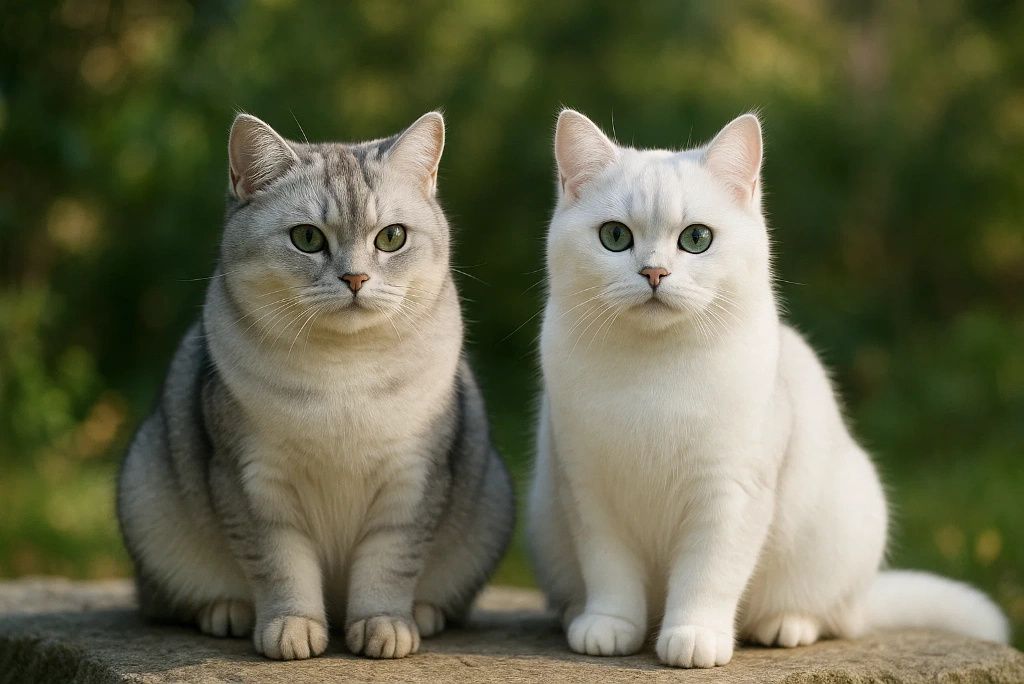
Shaded and chinchilla coats feature a pale silver or golden undercoat with only the tips of hairs carrying darker pigment. Chinchillas have the least tipping—just a dusting at the ends—while shaded cats show a little more, producing gentle depth without full striping. The look is prized in Persians and British Shorthairs. Compared with smoke, shaded coats appear brighter because less of each hair is pigmented. Sunlight highlights the sparkling, almost pearly appearance in motion. See overviews at Cat coat genetics and historical notes at Chinchilla Persian.

